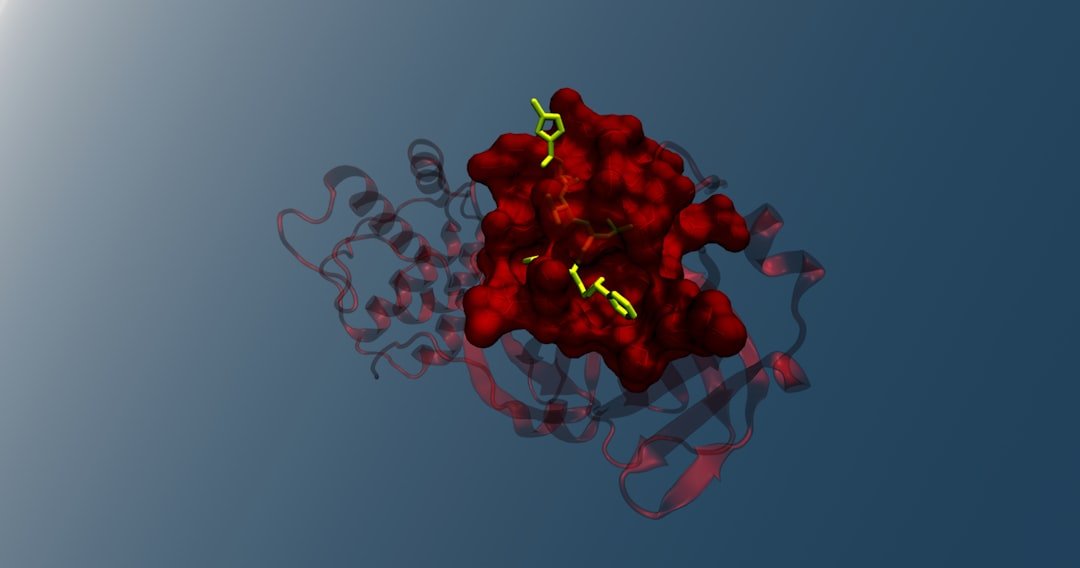A Complete Guide to the Environmental Effects of Chlorofluorocarbons (CFCs) CFCs are a class of synthetic chemicals that were formerly widely used in air conditioning, refrigeration, foam-blowing agents, and aerosol propellants, among other applications. Atoms of carbon, chlorine, and fluorine make up these compounds, which helps explain their stability and lack of flammability. CFCs were quickly adopted in many industries after being hailed for their efficacy and safety when compared to other chemicals. But their effects on the environment quickly raised serious concerns.
Key Takeaways
- CFCs are man-made chemicals used in refrigeration, air conditioning, and aerosol propellants, and they have been found to have a detrimental impact on the environment.
- CFCs are linked to ozone depletion, which leads to an increase in harmful UV radiation reaching the Earth’s surface, posing risks to human health and ecosystems.
- CFCs are also potent greenhouse gases, contributing to global warming and climate change by trapping heat in the atmosphere.
- The regulation and bans on CFCs, such as the Montreal Protocol, have been effective in reducing their production and use, leading to a gradual recovery of the ozone layer.
- Alternatives to CFCs, such as HFCs and natural refrigerants, have been developed to mitigate their environmental impact and address concerns about climate change.
Because of their extended atmospheric lifetimes—up to several decades—CFCs are noteworthy for their impact on the environment. Their longevity enables them to build up in the atmosphere, eventually making their way to the stratosphere. Once there, the sun’s ultraviolet (UV) rays cause CFCs to undergo photodissociation. Chlorine atoms are released during this reaction, and they are crucial to the ozone layer’s thinning.
Comprehending CFCs & their environmental role is vital for maintaining ecological balance and global health since the ozone layer is essential for shielding life on Earth from dangerous UV radiation. The devastating effects of the loss of ozone. Before being eliminated from the atmosphere, a single chlorine atom can kill thousands of ozone molecules, severely weakening the ozone layer.
By absorbing most of the sun’s damaging UV rays, the ozone layer serves as a shield. The Earth’s surface is exposed to more UV radiation when the ozone layer thins, which increases the risk of skin cancer, cataracts, & other diseases in people. Ecosystems & wildlife are affected.
| Greenhouse Gas | Chlorofluorocarbons (CFCs) |
|---|---|
| Chemical Formula | CFCl3, CF2Cl2, CF2ClBr |
| Global Warming Potential (GWP) | 4,680 – 10,720 (depending on the specific CFC) |
| Contribution to Global Warming | Significant, despite being phased out |
| Effect on Ozone Layer | Destructive, leading to ozone depletion |
| Regulation | Controlled under the Montreal Protocol |
Ecosystems & wildlife suffer as a result of increased UV exposure. Wide-ranging repercussions of ozone depletion have led to global concern & action to lessen these negative effects. International Intervention to Reduce the Impacts.
Due to the connection between CFCs and ozone depletion, there is a global push to minimize the environmental impact of CFCs by reducing their production and use and developing alternative technologies. Although CFCs are best recognized for their contribution to ozone depletion, they also have important effects on global warming. The global warming potential (GWP) of these substances is thousands of times higher than that of carbon dioxide (CO2), making them powerful greenhouse gases. This implies that even trace amounts of CFCs can have a disproportionate impact on the greenhouse effect, which causes climate change. Because of their lengthy atmospheric lifetimes, CFCs’ effects on global warming are especially worrisome.
They have the ability to remain in the atmosphere for decades after they are released, trapping heat and causing global temperatures to rise. It is more important than ever to address the sources of greenhouse gases like CFCs as climate change picks up speed. Global warming and CFC emissions interact, which emphasizes the significance of all-encompassing environmental regulations meant to lower these dangerous compounds. The Earth’s surface warms naturally due to the greenhouse effect, which is largely caused by CFCs. CFCs are in a unique position because of their high GWP, even though greenhouse gases like CO2 and methane are more frequently discussed in relation to climate change.
When certain gases trap heat in the atmosphere and stop it from escaping into space, this is known as the greenhouse effect.
CFCs have a concerning role in this phenomenon.
Despite having lower atmospheric concentrations than CO2, they are powerful greenhouse gases that can have a disproportionate effect on global temperatures. In order to mitigate climate change, countries must address CFC emissions as they work to meet climate targets established by international agreements like the Paris Accord. Developing successful strategies to counteract global warming requires an understanding of how CFCs fit into the larger framework of greenhouse gas emissions. International regulations to phase out the production & use of CFCs have been established in response to the growing awareness of the environmental risks they pose. The 1987 adoption of the Montreal Protocol represents the most important of these initiatives.
This historic agreement sought to preserve the ozone layer by gradually eliminating chemicals like CFCs that cause it to thin. Global CFC emissions have significantly decreased as a result of the protocol’s extraordinary success. International cooperation on environmental issues is modeled after the Montreal Protocol’s success.
The ozone layer is gradually recovering as a result of nations’ commitments to remove CFCs from a variety of applications. But there are still issues because these drugs are still produced and used illegally in some areas. To guarantee that advancements are sustained and that future generations can take advantage of a healthier environment, constant enforcement and monitoring are crucial.
HFCs’ ascent and disadvantages. Researchers and businesses started looking for substitutes that wouldn’t damage the ozone layer or substantially contribute to global warming as the risks posed by chlorofluorocarbons (CFCs) became more obvious.
There are new options. Hydrofluoroolefins (HFOs) and natural refrigerants like ammonia and carbon dioxide (CO2) are examples of more ecologically friendly substitutes that have been developed recently.
These substitutes typically do not destroy the ozone layer and have lower GWPs. The difficulties of change. Each option does, however, present a unique set of difficulties in terms of cost-effectiveness, efficiency, and safety. When moving away from CFCs, these factors must be carefully taken into account to make sure that new solutions don’t unintentionally cause more environmental issues.
CFCs contribute to greenhouse gas emissions and ozone depletion, but they also have other effects on climate change. They have long-term effects on the climate and environmental health because of their special chemical characteristics, which enable them to linger in the atmosphere for extended periods of time. Understanding the role of CFCs is becoming more and more crucial as countries struggle with the effects of climate change. The connection between climate change & CFC emissions emphasizes the necessity of all-encompassing approaches that deal with several environmental problems at once. For example, cutting back on CFC emissions helps to mitigate the effects of global warming while also assisting in the recovery of the ozone layer. When creating policies & programs to safeguard the environment & public health, policymakers must take these interrelated issues into account.
As global regulations continue to phase out CFCs, the future of these chemicals looks bleakest. Although the Montreal Protocol established a standard for international collaboration in tackling environmental concerns, continued attention is required to stop the illicit manufacture & consumption of these dangerous chemicals. Countries must continue to be dedicated to getting rid of CFCs from industrial processes as they strive to meet their climate goals. This change will have a significant effect on the ozone layer’s recovery as well as the general health of the environment.
There is hope for a time when dangerous compounds like CFCs won’t endanger ecological balance and human health as substitutes are more widely used and new technologies are developed. To prevent the recurrence of past mistakes, the transition to a sustainable future necessitates the cooperation and dedication of all societal segments, including governments, businesses, and individuals. In summary, even though CFCs have been used extensively in many industrial processes over the years, it is impossible to ignore their negative effects on ozone depletion and climate change. To effectively create policies that protect public health and maintain ecological integrity for future generations, it is essential to comprehend their effects on the environment.
According to a recent article on rising temperatures and the impact of climate warming, it is crucial to understand the role of greenhouse gases in contributing to global warming. One such greenhouse gas that is often overlooked is chlorofluorocarbons (CFCs). These harmful chemicals not only deplete the ozone layer but also trap heat in the atmosphere, leading to rising temperatures. It is essential to address the issue of CFC emissions to mitigate the effects of climate change and protect our planet for future generations.



